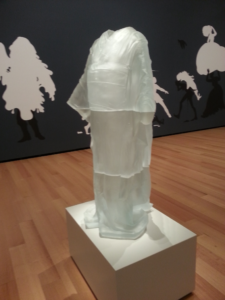Auricular Vagal Stimulation for Cardiac Baroreflex Hypersensitivity in Healthy Young Men
Kristen Sparrow • June 08, 2017


This study looks at TaVNS (Transcutaneous Auricular Vagal Nerve Stimulation) versus sham in healthy males. This study shows that cardiac baroreceptivity improves with TaVNS, but not with sham. Also that Heart Rate and LF/HF decrease with TaVNS but not with sham. Nice!
Non-invasive vagus nerve stimulation acutely improves spontaneous cardiac baroreflex sensitivity in healthy young men: A randomized placebo-controlled trial.
Abstract
OBJECTIVE:
To test the hypothesis that tVNS acutely improves spontaneous cardiac baroreflex sensitivity (cBRS) and autonomic modulation, and that these effects are specific to stimulation of ABVN.
METHODS:
Thirteen healthy men (23±1yrs) were randomized across three experimental visits. In active tVNS, electrodes were placed on the tragus of the ear and electrical current was applied by using a Transcutaneous Electrical Nerve Stimulation device. A time-control visit was performed with the electrodes placed on tragus, but no current was applied (sham-T). Additionally, to avoid a placebo effect, another sham protocol was performed with same electrical current of the active visit, but the electrodes were placed on the ear lobe (an area without cutaneous nerve endings from the vagus – tLS). Beat-to-beat heart rate (HR) and blood pressure (BP) were monitored at rest, during stimulation (active, sham-T and tLS) and recovery. cBRS was measured via sequence technique. Both HR (HRV) and BP variability (BPV) were also measured.
RESULTS:
Arterial BP and BPV were not affected by any active or sham protocols (P > 0.05). Resting HR and LF/HF ratio of HRV decreased (Δ-3.4 ± 1% and Δ-15 ± 12%, P < 0.05, respectively) and cBRS increased (Δ24 ± 8%, P < 0.05) during active tVNS, but were unchanged during both sham protocols.

